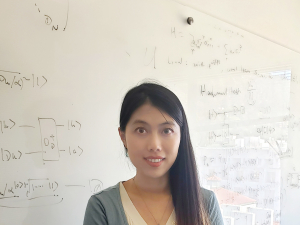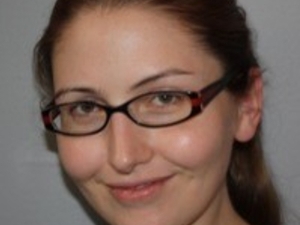Fruit Flies and Moduli: Interactions between Biology and Mathematics
Possibilities for using geometry and topology to analyze statistical problems in biology raise a host of novel questions in geometry, probability, algebra, and combinatorics that demonstrate the power of biology to influence the future of pure mathematics. This is a tour through some biological explorations and their mathematical ramifications.
Evolution sometimes results in discrete morphological differences among populations that diverge from a common source. This “saltation” can occur with features quantified by integers—limbs, segments, petals, teeth, or digits (humans are occasionally born with six fingers)—or quantified by other discrete invariants, such as tesselation patterns—seeds in flowers or protomers in virus capsids. Biology has explanations of how populations that already exhibit a varying trait can lead to populations in which one or the other dominates. The question here is: what mechanism generates topological variation in sufficient quantity for selection to act?
To read the whole article click here.




